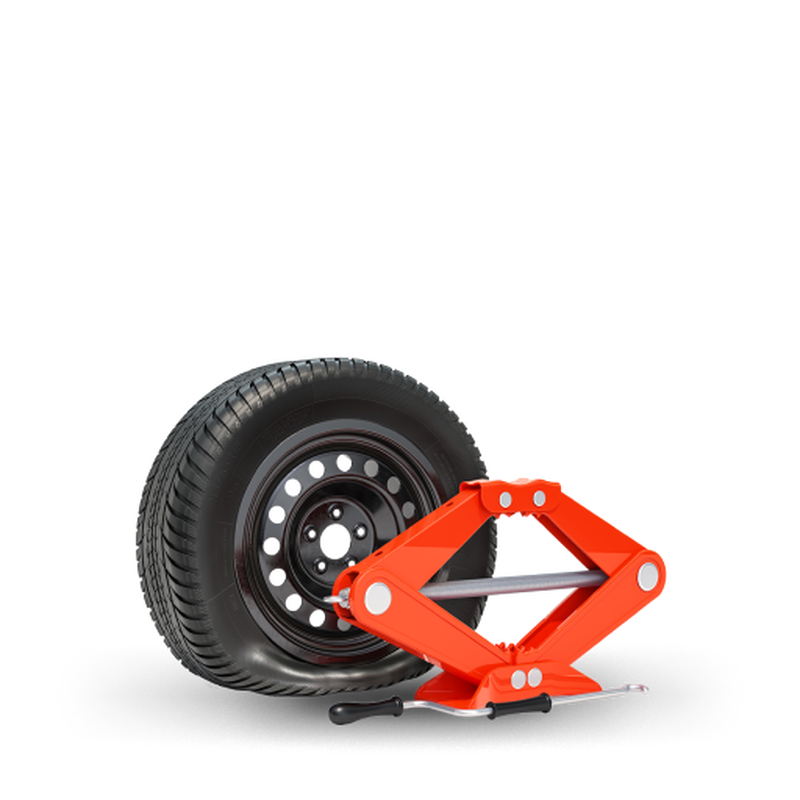Morris Tires: Your Location for GMC Tires Service Excellence
Morris Tires: Your Location for GMC Tires Service Excellence
Blog Article
Tire Service: The Influence of Climate Condition
When it comes to ensuring ideal efficiency and security on the road, recognizing the influence of weather conditions on tire solution is essential. GMC Tire Service. In this discussion, we will check out the elaborate connection in between weather condition conditions and tire service, losing light on the importance of weather-specific tire upkeep practices and factors to consider.
Warmth and Tire Performance
When exposed to high temperature levels, tires experience adjustments in performance that can substantially influence vehicle safety and handling. The heat produced from extended driving or hot weather condition problems causes the tire rubber to soften, leading to reduced step life and enhanced wear.

Cold Weather Effects
Winter conditions can have a significant effect on tire performance and security. As temperatures decline, tire rubber can set, causing lowered traction on icy or snow-covered roads. In cool weather condition, tires might additionally lose atmospheric pressure more swiftly, which can affect dealing with and gas performance. In addition, cool temperatures can create tire sidewalls to stiffen, increasing the threat of damages from craters or other roadway threats.
To reduce the results of winter on tires, it is critical to regularly examine tire pressure and inflate them to the manufacturer's recommended degrees. Utilizing winter or all-season tires designed for cool weather conditions can likewise enhance grip and grasp on icy or snowy roads. Proper tire maintenance, including routine assessments for wear and damages, becomes much more essential during chillier months to ensure optimal performance and safety.
Rainy Conditions Effect
Throughout stormy conditions, tire performance and security can be dramatically affected by the damp roadway surfaces and decreased presence. The walk pattern of tires plays an important function in maintaining grip on damp roads. Tires with worn-out footsteps are much more prone to hydroplaning, where a layer of water develops in between the tire and the roadway surface, bring about loss of traction. To battle this, chauffeurs should frequently inspect their tires for adequate step deepness and think about purchasing tires especially developed for damp conditions.
Furthermore, stormy weather can also lower exposure, making it challenging for motorists to see the road in advance clearly (GMC Tire Service). In such problems, it is necessary to adjust driving speeds as necessary and maintain a secure adhering to distance to enable sudden stops. Properly filled with air tires can additionally assist in maintaining control on damp roadways by offering better handling and hold
Snow and Tire Safety
When driving in snowy conditions, having the best tires can make a significant difference in safety and security and efficiency. Winter months tires are created with special rubber substances and step patterns to give far better traction on snow and ice contrasted to all-season tires.

It is important to follow manufacturer guidelines when utilizing and mounting tire find this chains to stop damage to the tires and automobile. By choosing the best tires, maintaining proper rising cost of living, and thinking about added traction aids like tire chains, motorists can improve their security when navigating snow-covered roadways.
Weather-Related Tire Maintenance
When confronted with numerous weather, proper tire maintenance becomes a vital facet of automobile safety and security and performance. Weather-related tire maintenance encompasses a variety of practices best site focused on guaranteeing ideal tire feature and long life in various weather condition circumstances. One key facet of weather-related tire upkeep is tire stress policy. Fluctuating temperature levels can trigger tire stress to vary, impacting grip and fuel effectiveness. Regularly changing and checking tire pressure according to supplier suggestions is important for secure driving in changing climate condition. Furthermore, tire tread depth plays a substantial role in managing various weather elements. Tires with appropriate tread deepness give far better grip on wet or icy roadways, decreasing the threat of skidding or hydroplaning. Checking tire tread regularly and replacing tires when walk wear reaches a certain depth is crucial for preserving grip and security in unfavorable weather. By prioritizing weather-related tire upkeep, vehicle drivers can improve security, enhance vehicle efficiency, and prolong the life expectancy of their tires.
Conclusion
In final thought, weather problems have a considerable influence on tire performance and safety and security. From warmth impacting tire stress and use to chilly climate reducing traction, it is essential to consider the weather when preserving and using tires.
In this discussion, we will certainly explore the elaborate connection between climate conditions and tire solution, losing light on the importance of weather-specific tire upkeep techniques and considerations.

Report this page